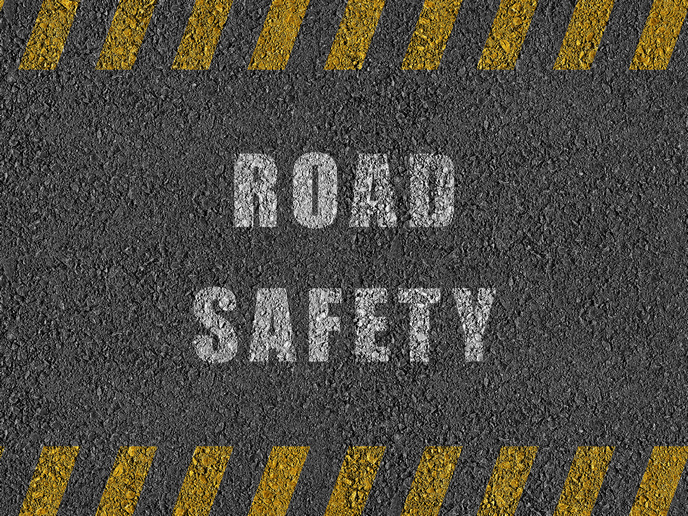Project puts rail communication networks on right track
The two-year MISTRAL (Communication Systems for Next-generation Railways) project has made important contributions to the SHIFT2RAIL Joint Undertaking, a collaboration between the Commission and industry to accelerate research and development. The project’s findings can now be taken up by industry partners within the JU, enabling them to achieve a better understanding of future network scenarios and their implications for both rail operators and passengers. “One of the advantages of being a small research-focused project is that we can ask difficult questions,” says MISTRAL project coordinator Dr Maurizio Spirito from the Istituto Superiore Mario Boella (ISMB) in Italy. “What we don’t have are confidential industry costs and figures. By using our methodology though, rail operators can input their exact equipment costs, expected revenues, rail capacity and passenger numbers to achieve an accurate picture of what transitioning to a new communication network will mean.” Preparing for transition Train to wayside communication describes a crucial element of rail traffic management, involving contact between the moving train and fixed infrastructure such as signals and stations. Such communication is vital for ensuring safety and operational efficiency. The communication network used for this purpose at the moment – called GSM-R – is relatively old and tends to be owned and managed by the rail operators themselves. “This is where we are today,” says Spirito. “We might talk about 4G or even 5G networks for our cell phones, but the rail sector is still using this old technology. Transitioning to a new communication model is necessary because GSM-R maintenance support and spare parts will run out by 2030.” This is a tricky proposition. While the European Commission and others would like to open rail communication networks up to the market, many rail operators that have invested in their network are concerned about safety and security. There is some reluctance on the side of industry to transition towards new technologies that have not been proven or tested in critical environments. Future rail networks “This is the challenge that we are addressing,” says Spirito. “Within the framework of the Shift2Rail Joint Undertaking, we were asked to evaluate future scenarios where GSM-R is replaced with new technology. We have looked at what this technology would be; what services would be provided; and what the service model would be.” The project began by looking at communication services, for both rail operators and passengers. At the moment, GSM-R only supports rail operations; commercial mobile networks are sometimes available on trains for passengers, but coverage is patchy. “We thought about whether there might be no distinction in the future between rail and passenger services,” says Spirito. “For passengers, these services might include ticketing systems, route planning and entertainment. For railways, the network would have to deliver safety-critical services, but also perhaps real-time monitoring of the train and the track.” Next, the project looked at the type of technology needed to deliver next-generation services. Spirito and his team found that 4G (the current mobile network) as currently defined would not support mission-critical services but noted that there might be opportunities to evolve the current system to support such services. The project team also examined the possibility of conceiving networks not as assets owned and run by rail operators, but rather as services provided by telecom operators. “In one scenario, network mobile operators would own the communication infrastructure; the technology would still be 4G mission-critical; and services would be provided to rail operators through agreement,” explains Spirito. The project, due for completion in October 2018, will now assess the sustainability of various service models.
Keywords
MISTRAL, rail, tracks, digital, technology, ERTMS, 4G, 5G, train, mission-critical, telecom, ticketing, mobile networks







